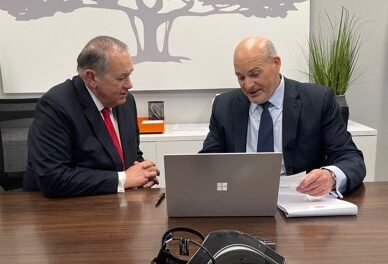Many traders make a dangerous assumption about options contracts.Because they’re derivatives of stock prices, a lot of people think options are priced “automatically” based on how the stock price is moving. This just isn’t the case.There are tons of factors that can lead to options mispricing – typically the kind of mispricing that makes you overpay for the options you trade.
Today, I’ll cover the unique way I determine whether an option contract listed on the option chain might be overpriced. And it all comes down to a single important number, hidden in plain sight.
Now, there are a lot of ways to approach this… One of the most common is to use the underlying stock Average True Range — or ATR — to see if there’s enough profitability potential.But my method is even easier… It uses information we can get entirely from the option chain itself.First, we’re going to need an option chain that quotes us the “Market Maker Move.”This is one of the most important numbers to know in option trading, and if I were working with a platform that doesn’t provide this quote (some do, some don’t), then I’d start working with one that does, like TD Ameritrade’s Thinkorswim. In Thinkorswim, this number can be found on the right side of each option expiration date, as well as at the top by the equity information, shown here in red boxes:

The top yellow number is today’s Market Maker Move. The numbers below that are the Market Maker Moves for each option expiry: The Market Maker Move +/-3.18 is the anticipated move through November 18th, the +/- 5.11 is the anticipated move through December 16th.This number tells us how much to expect the underlying stock to move within these ranges over these time periods. In the example above, the Market Maker Move suggests the price of SNBR will move up or down $2.227 in a typical session.So, we can use the Market Maker Move — which is a large component of the price a Market Maker quotes for a contract — to see if I’m getting a good deal on the option.Specifically, I approach this problem like any business would: What is my maximum possible profit? What is my breakeven? And how much profit should I be shooting for in the trade?Next week I’ll detail how to use this information to see if an option is too expensive, and the week after that I’ll detail how to use this information to set trading price targets and stops.
Until next week,
 Bryan KlindworthSenior Analyst, Kings Corner
Bryan KlindworthSenior Analyst, Kings Corner









